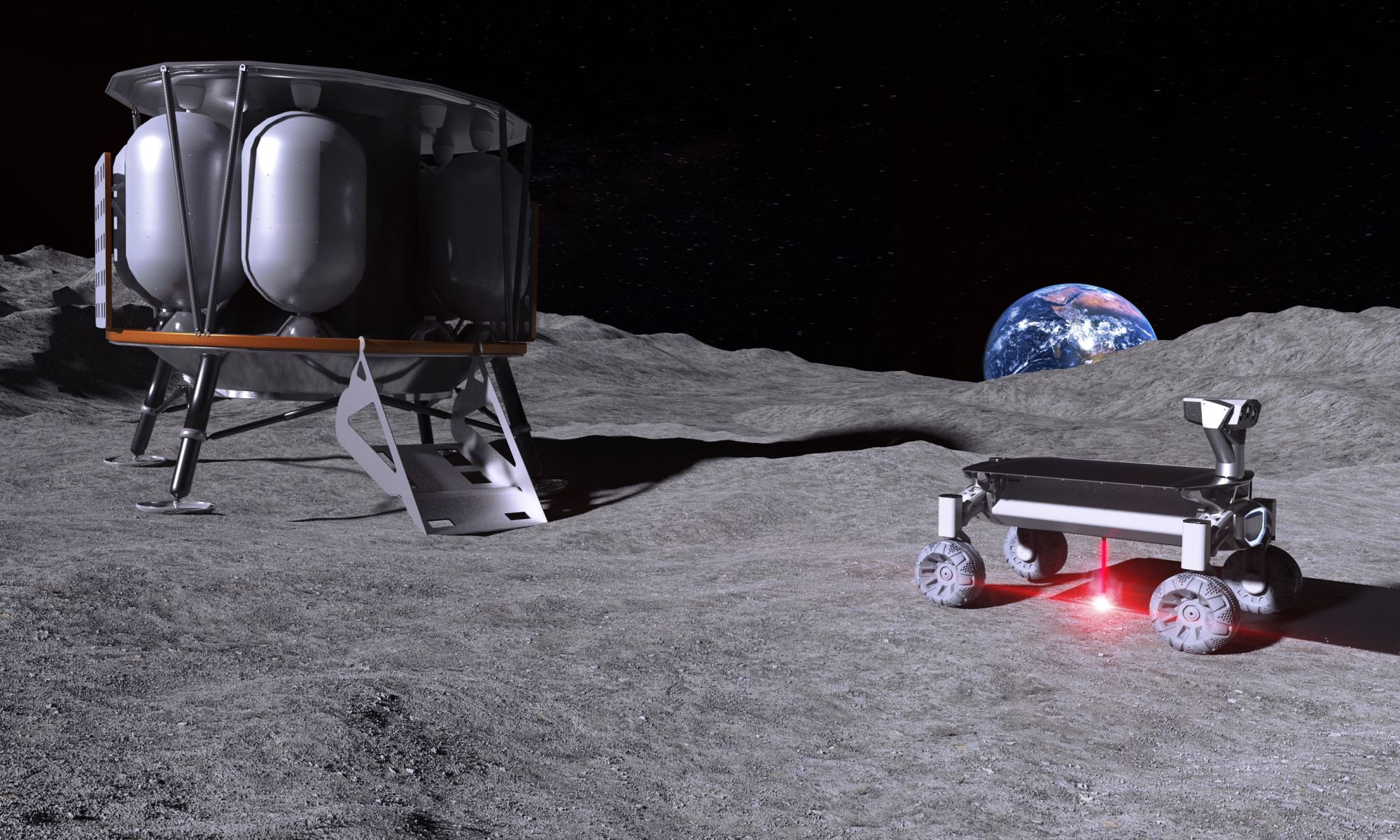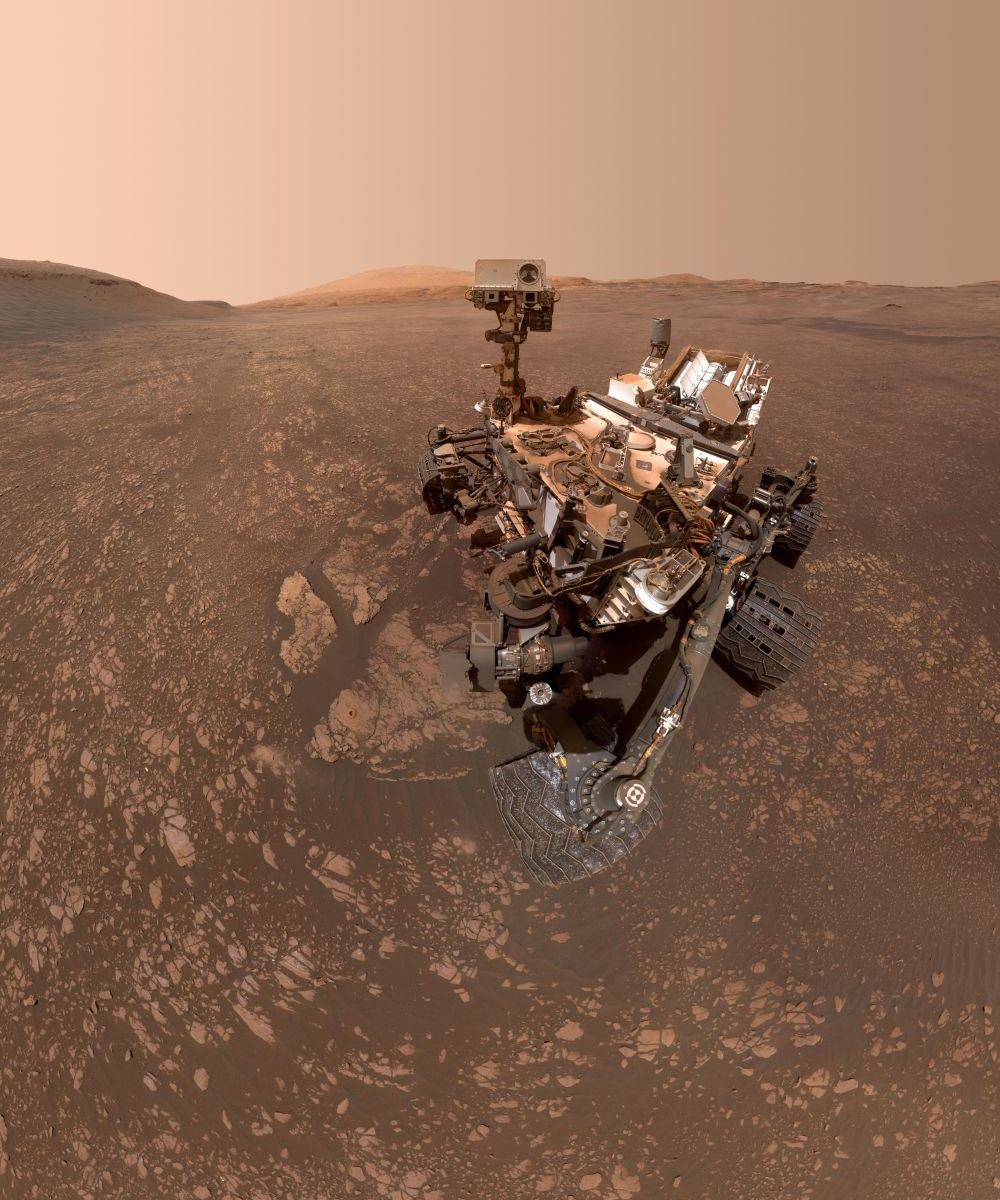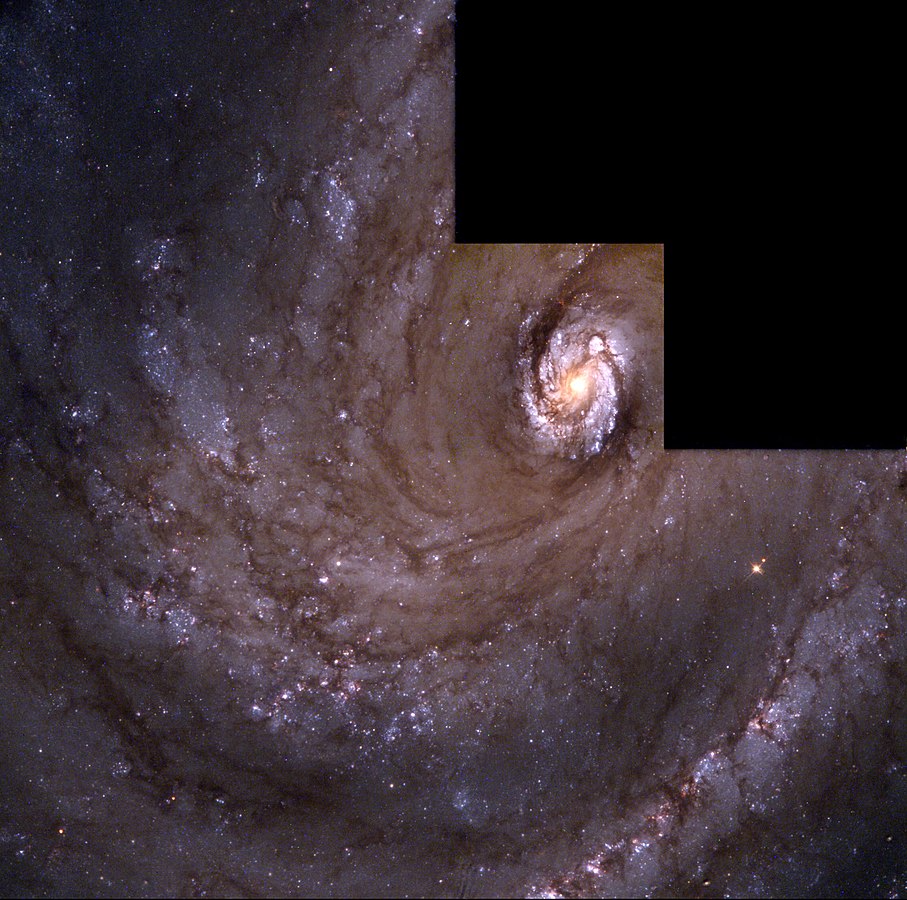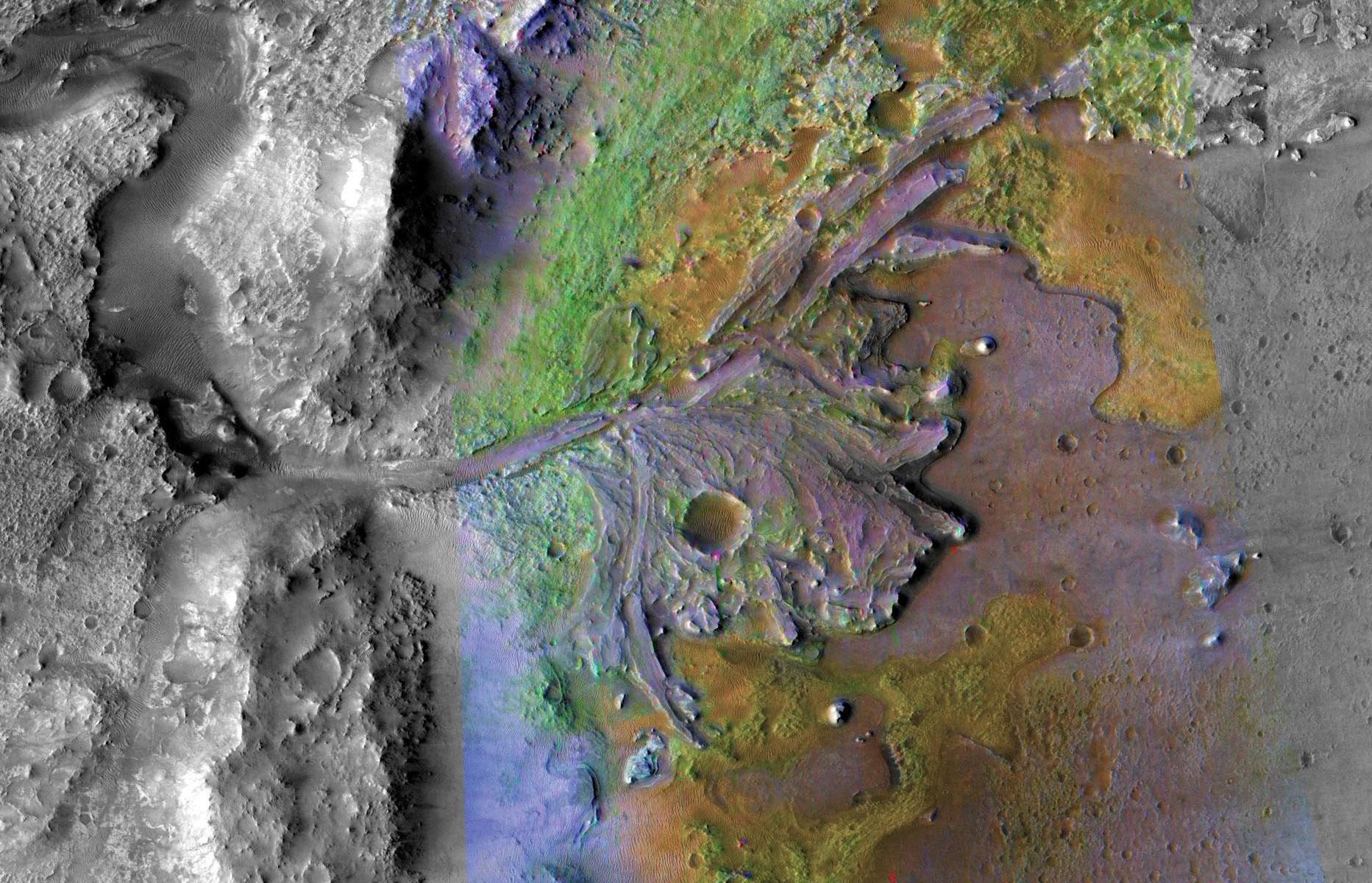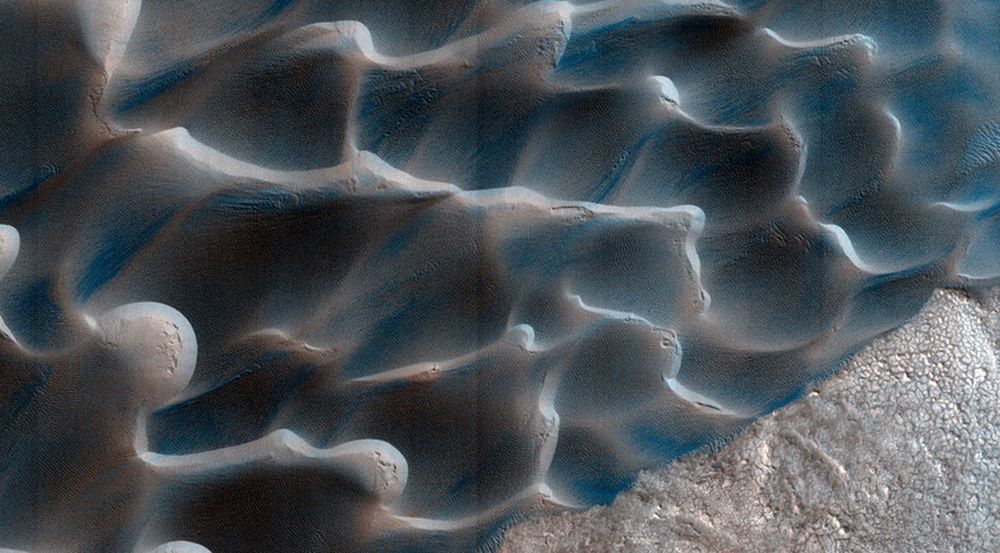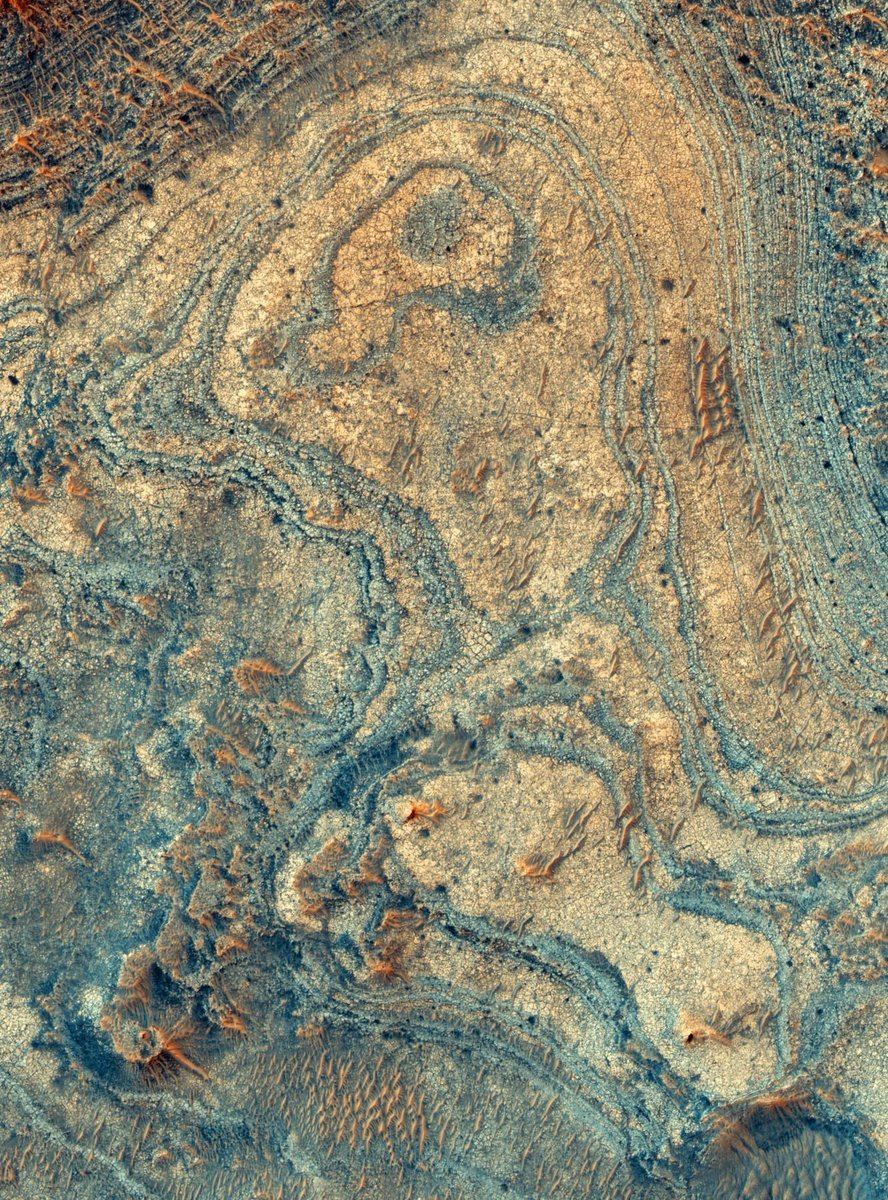The Moon is not just Earth’s closest celestial neighbor. It’s also a natural waypoint for any mission that will be going to Mars or beyond in the coming years. It’s little wonder then why space agencies like NASA, Roscosmos, the ESA and China are hoping to send crewed missions there in the near future and construct bases that could be used to resupply and refuel missions headed to deep space.
So far, all the proposals made for a lunar base have centered on in-situ resource utilization (ISRU) and 3D printing – where robots will manufacture the base out of lunar regolith. For this purpose, the Laser Zentrum Hannover (LZH) and the Institute of Space Systems (IRAS) at the Technical University of Braunschweig came together to develop a laser system capable of turning moon dust into building materials.
Continue reading “MOONRISE: Melting lunar regolith with lasers to build structures on the Moon”
